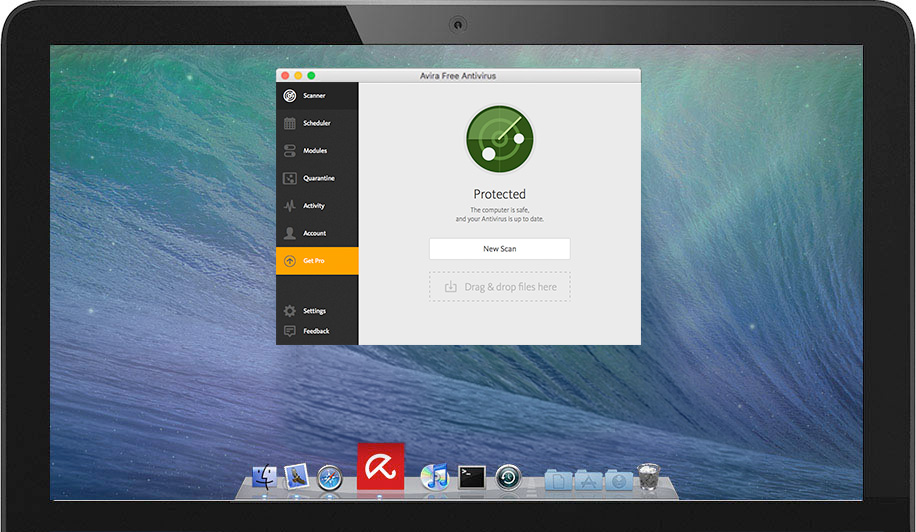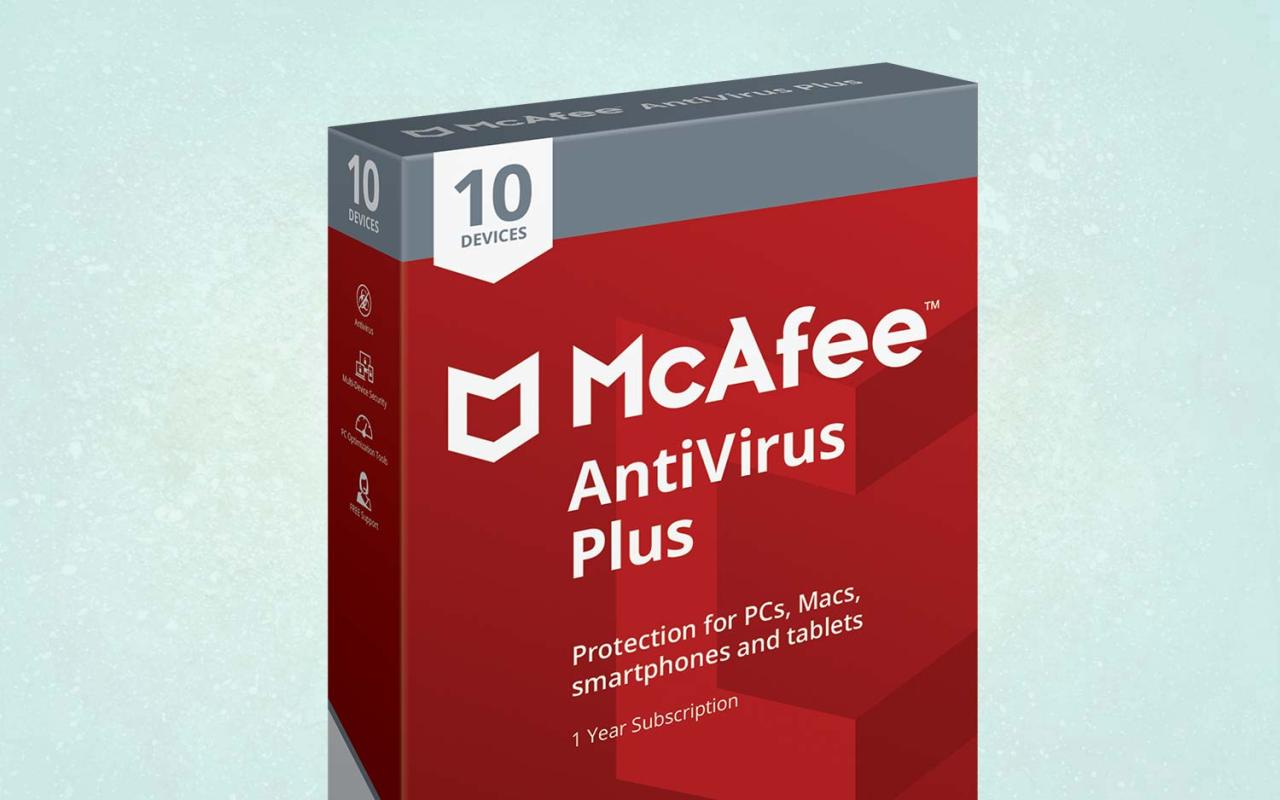Antivirus Mac, often considered a redundant term due to macOS’s robust built-in security features, has become increasingly relevant as cyber threats evolve. While Apple’s operating system boasts impressive defenses like Gatekeeper, XProtect, and System Integrity Protection, these measures alone cannot guarantee complete protection against the ever-growing arsenal of malware targeting Macs.
Table of Contents
The reality is that Macs, like any other computer, are susceptible to various forms of malware, including viruses, trojans, ransomware, and adware. These threats can infiltrate your system through malicious websites, infected downloads, phishing emails, or even seemingly harmless software updates. The consequences of a Mac malware infection can range from data loss and system crashes to identity theft and financial fraud. Therefore, understanding the need for antivirus software, choosing the right solution, and implementing best practices for Mac security are crucial for safeguarding your data and online privacy.
Recognizing and Avoiding Malware
Protecting your Mac from malware is essential for a smooth and secure computing experience. While Macs are generally considered more resistant to malware than Windows computers, they are not immune. It’s crucial to be aware of potential threats and take steps to safeguard your system.
Common Signs of Malware Infection
Malware can manifest itself in various ways, affecting your Mac’s performance and security. It’s important to recognize these signs to take action promptly.
- Slow Performance: Malware can consume system resources, leading to sluggish performance, slow application loading times, and overall system lag.
- Unexpected Pop-ups: Malicious software can trigger frequent and intrusive pop-ups, often promoting dubious websites or software downloads.
- Increased Network Activity: Malware can communicate with remote servers, resulting in increased network activity and potential data breaches.
- Unauthorized Software Installations: Malware can install unwanted programs or extensions without your consent, compromising your system’s security and privacy.
- Unusual System Behavior: Unexpected changes in system behavior, such as random application crashes, system freezes, or unusual error messages, could indicate malware infection.
Identifying and Avoiding Potential Malware Threats
Understanding how malware spreads and taking preventive measures can significantly reduce your risk of infection.
- Be Cautious of Suspicious Emails and Attachments: Avoid opening emails from unknown senders or clicking on suspicious links. Malicious attachments can contain malware that can infect your system.
- Download Software from Reputable Sources: Always download software from official websites or trusted app stores. Avoid downloading from untrusted sources, as they may contain malware disguised as legitimate software.
- Keep Your Software Updated: Regularly update your operating system, applications, and security software. Updates often include security patches that address vulnerabilities exploited by malware.
- Use a Strong Password Manager: A password manager can help you create and manage strong, unique passwords for all your online accounts, reducing the risk of unauthorized access.
- Be Aware of Phishing Scams: Phishing scams attempt to trick you into revealing personal information or downloading malware. Be cautious of emails or websites requesting sensitive information, and verify requests through official channels.
Removing Malware from a Mac

If you suspect your Mac has been infected with malware, it’s crucial to take immediate action to remove it and protect your data. Malware can steal personal information, compromise your privacy, and even damage your system. This section Artikels the steps involved in removing malware from your Mac, along with explanations of the methods used.
Using Antivirus Software, Antivirus mac
Antivirus software is an essential tool for protecting your Mac from malware. It works by scanning your system for malicious files and removing them. Antivirus software can detect and remove various types of malware, including viruses, Trojans, spyware, and ransomware. Many antivirus programs offer real-time protection, which scans files as they are downloaded or opened, preventing infections from occurring in the first place.
- Choose a reputable antivirus program: Look for software from well-known and trusted vendors with a good track record of malware detection and removal.
- Install and configure the software: Once you’ve chosen an antivirus program, download and install it on your Mac. Follow the on-screen instructions to configure the software and activate its features.
- Run a full system scan: After installing the antivirus software, perform a full system scan to identify any existing malware. This scan will examine all files and folders on your Mac, including hidden ones.
- Quarantine or remove infected files: If the antivirus software finds any infected files, it will quarantine or remove them. Quarantining the files prevents them from running and spreading further, while removal permanently deletes them from your system.
- Keep the antivirus software updated: Regular updates are crucial for ensuring that your antivirus software is effective against the latest malware threats. Antivirus software vendors release updates frequently to add new malware definitions and improve their detection capabilities.
Running a Full System Scan
A full system scan is a thorough examination of your Mac’s hard drive, including all files and folders, to identify any malware present. This process can be time-consuming, but it’s essential for ensuring that your system is free from malicious software.
- Use built-in tools: macOS includes several built-in tools that can help detect and remove malware. One such tool is the “XProtect” malware scanner, which is always running in the background and checks files for known threats.
- Utilize third-party software: Several third-party antivirus and security tools offer more advanced scanning capabilities, including deep scans and rootkit detection.
- Consider a boot-time scan: A boot-time scan is performed before macOS loads, which can help detect malware that might be hiding in the operating system’s boot files. This type of scan requires specialized software and can be more complex to perform.
Removing Infected Files
If you’ve identified infected files, you need to remove them from your Mac to prevent further damage. This can be done manually or using specialized software.
- Manually deleting infected files: If you’re comfortable with navigating your Mac’s file system, you can manually delete infected files. However, this requires caution, as deleting the wrong files could damage your system.
- Using specialized software: Some antivirus programs offer tools for removing infected files. These tools can safely identify and delete malicious files without harming your system.
- Restoring from a backup: If you’ve recently backed up your Mac, you can restore your system from the backup to remove any infected files. This will return your system to its previous state, but you’ll lose any changes you’ve made since the backup was created.
Restoring from a Backup
Restoring your Mac from a backup is a crucial step in removing malware, especially if you suspect that the infection is widespread or deeply rooted in your system. A backup allows you to revert your Mac to a clean state, eliminating any malware present.
- Ensure a recent backup: Before restoring from a backup, ensure that the backup is recent and includes all essential data and applications. This will minimize data loss during the restoration process.
- Choose the appropriate backup method: You can restore your Mac from a Time Machine backup, a cloud backup, or an external hard drive backup. Select the method that best suits your needs and data storage preferences.
- Follow the restoration instructions: The restoration process varies depending on the backup method you’re using. Follow the on-screen instructions provided by your backup software or macOS to complete the restoration.
Contacting Technical Support
If you’re unable to remove malware from your Mac yourself, it’s recommended to contact technical support for assistance. Malware removal can be complex, and professional help can ensure that the infection is fully eradicated.
- Seek help from reputable sources: When contacting technical support, choose a reputable company or service provider with a proven track record of malware removal expertise.
- Provide detailed information: When contacting technical support, provide as much information as possible about the malware infection, including symptoms, suspected source, and any actions you’ve taken to remove it. This will help the support team understand the situation and provide appropriate assistance.
- Be cautious of scams: Beware of scams that offer malware removal services but are actually designed to steal your personal information or money. Only work with reputable companies and verify their credentials before engaging their services.
The Future of Mac Security
While Macs have long been considered more secure than Windows computers, the threat landscape is constantly evolving. Cybercriminals are increasingly targeting macOS, with sophisticated malware and phishing schemes becoming more common. Antivirus software is evolving to meet these challenges, incorporating new technologies and strategies to keep Macs safe.
The Role of Artificial Intelligence and Machine Learning
AI and ML are revolutionizing malware detection and prevention. These technologies enable antivirus software to:
- Analyze vast amounts of data: AI and ML algorithms can process massive datasets of malware samples, identifying patterns and anomalies that traditional methods might miss.
- Proactively identify new threats: By learning from past threats, AI can predict future attack vectors and identify emerging malware before it becomes widespread.
- Personalize protection: AI can adapt to individual user behavior, tailoring security measures to specific risks and vulnerabilities.
“AI is becoming increasingly important in cybersecurity, and its role in Mac security is only going to grow in the future.” – [Source: A reputable cybersecurity expert or research paper]
Future Trends in Mac Security
Mac security is poised for significant advancements, with a focus on:
- Increased Integration with Cloud Services: Cloud-based security solutions are becoming increasingly popular, offering real-time threat detection and protection, as well as centralized management and reporting.
- Enhanced Protection Against Zero-Day Exploits: Zero-day exploits are vulnerabilities that attackers can exploit before a patch is available. Antivirus software is incorporating techniques like sandboxing and behavioral analysis to detect and mitigate these threats.
- Improved User Education and Awareness: Educating users about best practices for online security is crucial in preventing malware infections. Antivirus software is increasingly incorporating features like phishing detection and security awareness training.
Wrap-Up: Antivirus Mac

In conclusion, while macOS’s built-in security features offer a strong foundation for protecting your Mac, investing in a reputable antivirus software provides an extra layer of defense against evolving cyber threats. By understanding the vulnerabilities, implementing best practices, and choosing the right antivirus solution based on your needs, you can effectively safeguard your Mac from malware and enjoy a secure digital experience. Remember, proactive measures are essential for maintaining the integrity and security of your Apple devices.
While antivirus software is crucial for protecting your Mac from malware, it’s also important to safeguard your financial information, especially during tax season. Consider using Intuit TurboTax for a secure and reliable way to file your taxes. Remember, a strong antivirus program coupled with responsible online practices will help keep your Mac and your personal data safe.
